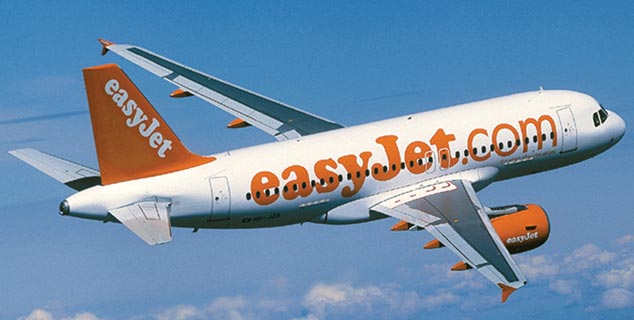
Elizabeth Warren, US senator and long-time critic of the finance industry, last month turned to share buybacks, describing them as “manipulation”. Buybacks are also raising eyebrows here in the UK.
Last year Rolls-Royce announced a £1bn buyback, only to cancel it this week amid a weaker earnings outlook. And Marks & Spencer announced a £150m buyback earlier this year. What’s driving this? Many point to corporate cash piles and a lack of investment opportunities. By the third quarter of 2014, the world’s largest non-financial firms had $3.5trn in reserves, far more than the $1.8trn they had in 2005, notes Deloitte.
But focusing on these cash “mountains” is misleading. Firms have mountains of debt too. According to McKinsey, global corporate debt was $26trn in 2000. Before the financial crisis, it hit $33trn. Now it’s $58trn. And there’s no sign of it stopping. By May this year, US companies had issued $612bn of bonds on top of the $1.5trn issued in 2014, reports Dealogic.
The logic goes that these companies are locking in low financing costs at a time of near-zero interest rates, and driving up earnings per share on the way. Given the favourable tax treatment of debt, it’s simple balance-sheet efficiency. As long as the risk of bankruptcy isn’t too high, more debt shouldn’t hurt a firm’s value – in theory.
But it’s by no means clear that corporate borrowing is good for shareholders. From 2000 to 2015, if you’d invested in the most indebted large firms in the Western world (ie, those with the lowest equity-to-assets ratio), then you’d have underperformed the rest of the market during the “Great Moderation”of 2000 to 2007; during the crisis period starting in 2007; and during the 15-year period as a whole. The only time it would have paid off to favour the most-leveraged companies over others was if you’d bought in the first quarter of 2009. Even then, they would only marginally have outperformed on average.
Data aside, history is littered with tales of strong balance sheets winning out. A cautious approach to finance paid off for German carmakers when China’s market took off in 2009. While US rival General Motors was locked in post-bankruptcy restructuring, the Germans stole a lead with new models and rapid growth.
In the airline sector, budget carriers such as Ryanair and Easyjet have had the best business models in the last 20 years, but they’ve also survived the industry’s shocks by not taking on too much debt. Swiss rival, Swissair, on the other hand, suffocated under $10bn of debt after the September 11th attacks.
Even in the most leveraged of industries it’s no coincidence that two of the world’s top banks over the last 25 years, Wells Fargo in the US and Handelsbanken in Sweden, both have much more prudent policies on leverage than their peers.
The obvious risk with debt is bankruptcy. When companies issue debt they are, in effect, writing a call option on their assets – the value of which they usually underestimate, but only appreciate when it’s too late. But leverage can also hurt a company well before it goes under, by changing its priorities and its culture. The constant need to pay creditors at the end of the month makes managers behave differently than they otherwise would.
More than 30 years ago Royal Dutch-Shell looked at corporate longevity, studying 27 firms that were more than a century old. According to the head of planning, Arie de Geus: “They have a personality that allows them to evolve harmoniously. They know who they are, understand how they fit into the world, value new ideas and new people, and husband their money in a way that allows them to govern their future.”
Husbanding money, being prudent, is not separate from these other qualities. Being open to new ideas, allowing staff to learn through a tolerance of failure, writing off old assets, canning old technology or seizing opportunities at the right time is more likely to happen in the absence of the obligations that creditors impose. Trust is at the heart of all commercial success. Building trust with customers or staff takes time – which debt repayment schedules don’t generally allow for.
Few shareholders today worry about these things. A short-termist outlook means they care more about their ability to sell shares in struggling firms than about working out if they have what it takes to survive.
So the shareholders of firms who have been buying back shares in recent years cheer now – but in time they may wonder if they’ve been done a disservice. Their firms might have efficient balance sheets by the standards of modern finance, but they may have damaged the greatest driver of shareholder value: longevity. The problem with longevity, of course, it that it takes time to comprehend its value.
• Andrew McNally is the founder of Equitile. He has 25 years experience in equity asset management, brokerage and investment banking.